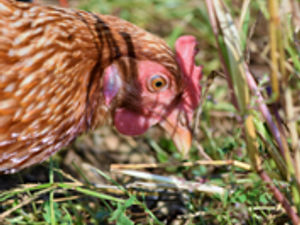Tackling salmonella by improving broiler gut health
As salmonella continues to be a significant economic burden for the whole poultry industry, from production to processing, paying close attention to broiler gut health can significantly improve bird performance and carcass saleability.
In 2017 alone, EU salmonella national control programmes showed that salmonella was found in 3.31 per cent of broiler flocks and close to 93,000 cases of salmonellosis were reported in humans.
This has considerable implications for processing units, particularly in instances where carcass saleability is impacted, for example if feet can’t be sold to overseas markets due to pododermatitis.
Although there are strict procedures during food transportation and processing to adhere to, reducing the risk of a salmonella outbreak must be considered in the first instance at a farm level. This is particularly important as salmonella can colonise the entire poultry digestive tract, leading to poor bird performance and increased mortality, both costly for the farmer.
Poultry producers should carefully consider an appropriate control programme, including strict biosecurity measures, and appropriate disinfection of farm buildings and equipment after sheds are emptied.
In addition, the use of probiotics help to balance the digestive microbiota which reinforces the birds’ natural defences.
Hannah Elliott, monogastric sales and technical support at Lallemand Animal Nutrition.





